There are many warning signs of crawl space water problems, so today we are going to talk about how to tell if your crawl space is wet without using moisture meters. Now, most of the time when you go into the crawl space, if you have those meters, it really paints the picture if you have high humidity, or perhaps you’ve got a foundation wall that’s leaking, but we’re going to give you some tips on some things to look for if you don’t have access to moisture meters.
Wet Foundation Wall
Wet foundation walls are a direct warning sign of crawl space water problems. I made a list here of some things that I look for whenever I’m in a crawl space, and I’m trying to determine the extent of potential water damage.
For non-painted foundation walls, look for discoloration. If you have a block wall or a concrete wall, and you notice light and dark spots, normally the dark spots are signs of a past or active moisture intrusion. Fixing this water intrusion from the outside is vital to ensuring the crawl space stays dry.
Painted Wall Warning Signs
If your crawl space foundation wall is painted, you should notice discoloration of the paint. People like to put waterproofing paint on foundation walls, but we don’t recommend this. A warning sign of a wet crawl space is yellowing or a dark brown discoloration of the paint on the walls.
Efflorescence is a Warning Sign Crawl Space Water Problems
Efflorescence can be seen on painted and non-painted walls in the crawl space. Salt deposits left behind after a wet wall dries are known as efflorescence. If you see efflorescence, it is a sign of past or current foundation water intrusion.
Mold and Wood Rot Fungus
Mold and wood decay fungus is a huge warning sign that a major water problem is present. By the time you see mold and wood rot fungus, you may have to replace wood joists and perform soda blasting. Mold can be caused by high humidity, dew point issues, or leaks from the living space or plumbing in the crawl space.
Condensation is a Warning Sign of High Humidity
If you don’t have a humidity reader, but you see condensation, you can be sure the humidity is high. We see condensation form on metal ducts, HVAC refrigerate lines, plumbing, and even the wood itself. Subfloor insulation can also trap water and show signs of condensation. All of these issues can lead to major mold problems as well.
Crawl Space Pests, Bugs, Termite Activity, and Spiders
I remember entering a crawl space and cave crickets were everywhere. They are not harmful but can be a major indication of a wet crawl space. Better known as camel back crickets, they love moist areas. We have seen entire colonies move out after a crawl space is properly encapsulated with no use of pest control. Other critters to look for are silverfish, black widows, termites, rodents, and snakes (or snake skins).
What Next?
Do you need help with controlling humidity or address moisture in your crawl space and you live in Alabama, Georgia, Delaware, North Carolina, South Carolina, Tennessee, or Kentucky? If so, please contact us to schedule your assessment. Also, let us know in the comments below if you’d like to suggest a future blog post.
Perhaps you’d like to tackle your own crawl space repair. Visit our DIY Store.
Contact us if you need help fixing your crawl space or yard drainage by clicking here.
Learn about Crawl Space Ninja Franchise opportunities.
Is your foundation in trouble?
This video is incredibly important because it underscores common issues that we see in houses and crawl spaces alike almost daily! One of the most common issues we see in the Wilmington, North Carolina area is bowing in the flooring. As moisture content rises in the subfloor and floor joists, sagging and warping are unavoidable.
Most often, R-19 batted insulation is the culprit as it holds moisture against the subfloor and joists (think about a permanently wet sponge against wood). I would also highlight that until this wood is dried out, attempting to correct these structural issues is both ineffective and problematic.
Furthermore, usually when homeowners correct their moisture issues in the wood, the wood returns to its original shape, eliminating the necessity of structural work and saving the homeowner a ton of money! Simply put: identify the issue, correct the moisture, and correct the structural supports (if still necessary).
-Andrew Davis, Owner, Crawl Space Ninja Wilmington, NC


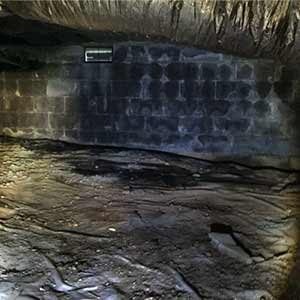
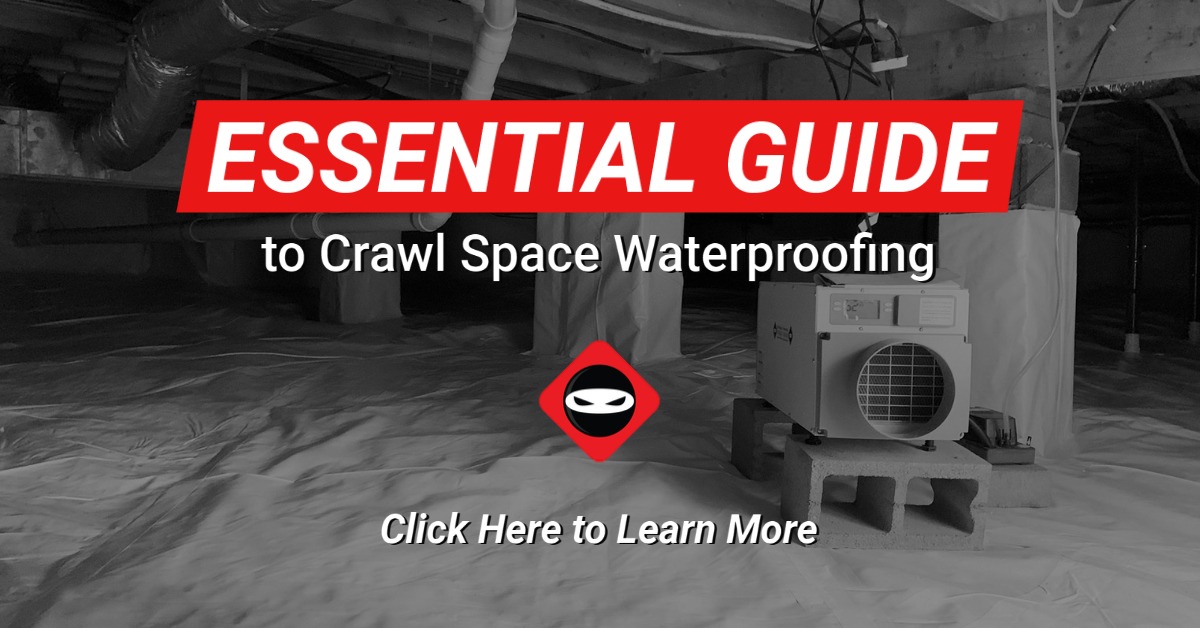
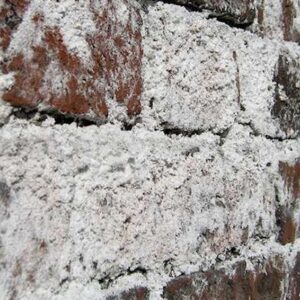
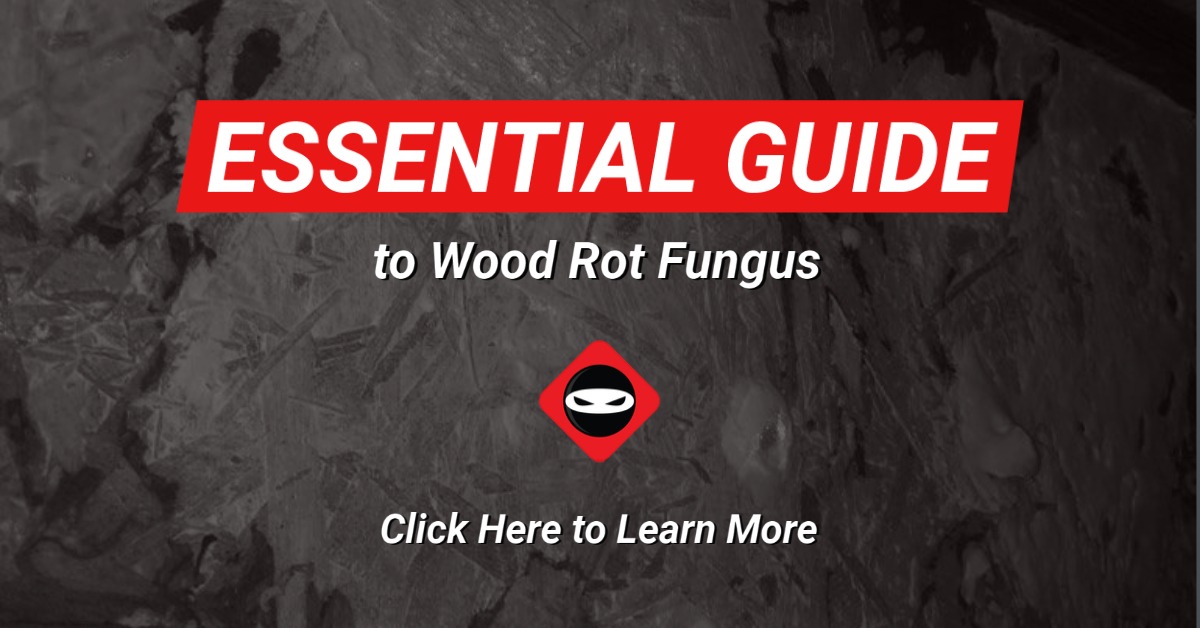
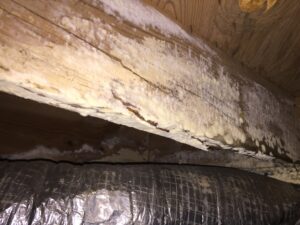

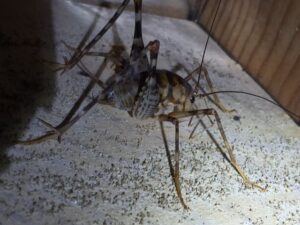
2 thoughts on “Warning Signs of Crawl Space Water Problems”
I bought a home in central Ohio in 2022 knowing that it had previous moisture problems in the crawl space because two homeowners before me (the one who had the house built) had removed all of the insulation from the floor joists, there’s some areas of soft plywood on top of those same floor joists where the wood had previously gotten damp (it’s visibly noticeable in some places), and there’s some evidence of efflorescence among the gravel that’s underneath the plastic on the floor of the crawl space, but there hasn’t been any noticeable evidence of any new moisture problems for my family nor for the previous family, which spans many years.
Because we don’t know what previously caused the old moisture problems, it’s difficult to determine if there’s still an untreated problem or not, especially because there doesn’t appear to be any current or lingering moisture problems. We do have a dehumidifier that fills up with water from the air after a few days, but I’m not sure if that’s normal since I’ve never had a basement or crawl space before.
Should homeowners like me be concerned about such situations and do you provide free or low-cost inspections so that we can be sure that no problems exists, etc.?
Hi David, I am not sure what part of Ohio you are located but we are servicing the Columbus area. Typically crawl spaces will need a dehumidifier if you live in a humid climate or near a body of water or have a high water table. The type of dehumidifier, PPD (pints per day) of moisture removed, and temperature will help determine how much moisture it pulls from the air. I would recommend you get a humidity reader and place it in the crawl space so you constantly know what the humidity is. Here is a link to one if you don’t have one: https://amzn.to/42fMmwi This is a backup to ensure the dehumidifier is keeping relative humidity below 60%. If that is the case and you see no other evidence of moisture, you should be ok. Hope that helps.